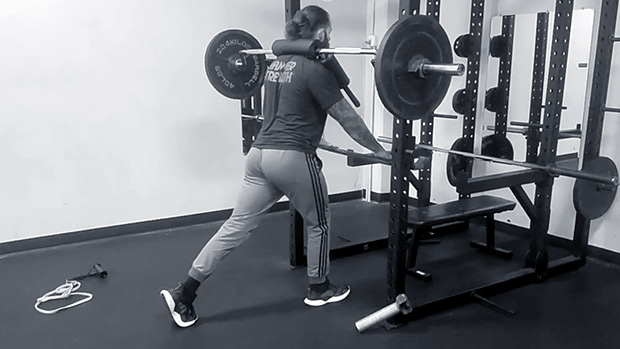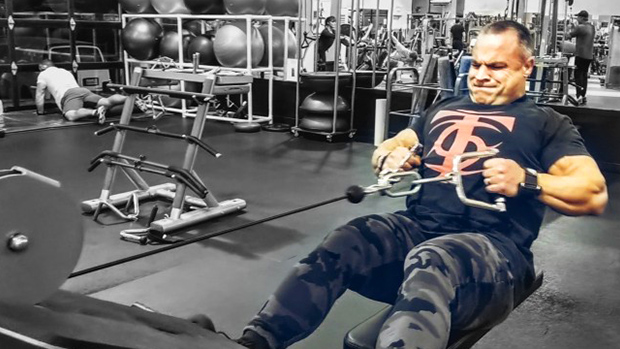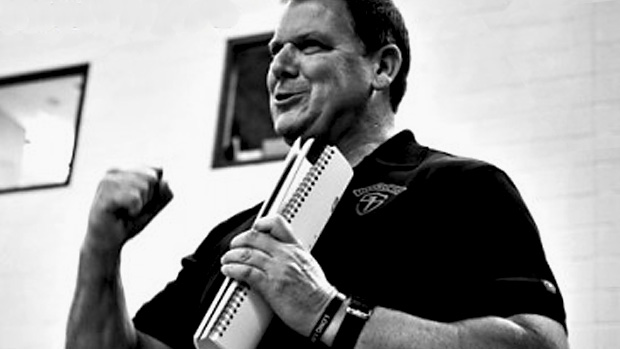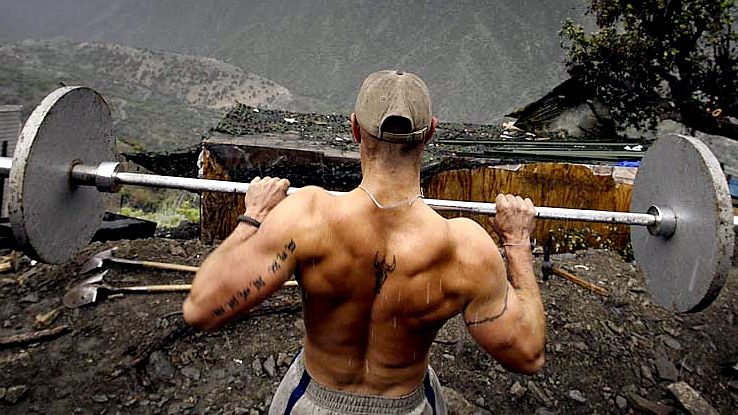More Muscle, More Strength, More Athleticism
Pushing the limits of single-leg strength is beneficial for almost any lifter. It's key for athletic development since there's more stress on the adductors and stability through the hips compared to double-leg movements.
For those after muscle gains, you can produce far more tension across a muscle while using more weight. After pure strength? Single-leg training will bring up any weak points.
Single-leg movements are usually considered accessory lifts. But while they aren't typically performed with maximum weight (due to balance among other factors) performing them with a little support is an easy solution and will allow for much higher loads with less risk.
Supported Bulgarian Split Squat
To do heavy, supported single-leg training you'll need a few things:
- A safety-squat bar and a power rack with band pegs. Set the handles up around the height you'll be at during the bottom position of the movement.
- You could also use a barbell or band tied around the J-hooks of the rack for support if you don't have handle or peg attachments... or just use the other side of the power rack if your rack doesn't allow for multiple pin holes.
Barbell Supported Split Squat
Make sure that your support is just that – support – and not a crutch. Don't rely too heavily on your upper body pulling yourself up and completely removing any lower-body effort. Just use the bar for enough support to help maintain balance and achieve a successful lift.
Band Supported Split Squat
Using a resistance band as the support will prevent you from pulling yourself up too much with the upper body. The band won't provide enough support on a heavy lift; it'll begin to stretch down. You can also monitor the amount of support used by watching the resistance band lower.




